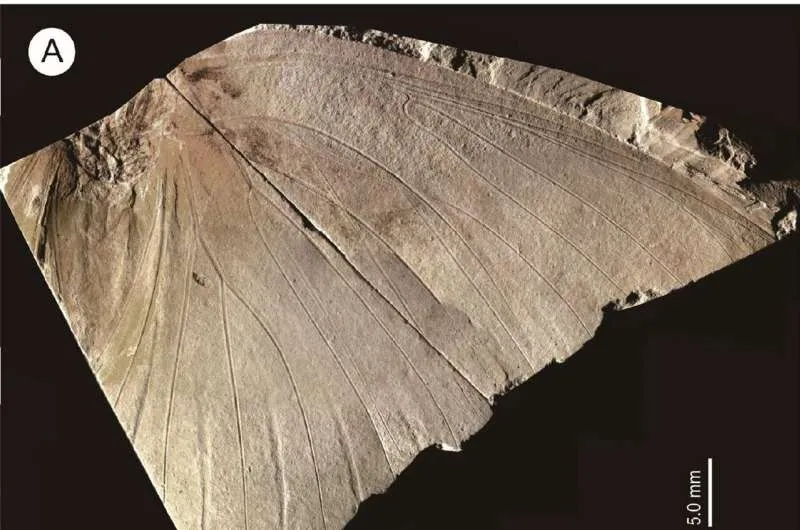
The Discovery Of Tacola Kamitanii: A New Extinct Butterfly Species
In a remarkable scientific breakthrough, an "extremely rare" fossil, for decades unidentified, has been confirmed as a new extinct species of butterfly, Tacola kamitanii. This discovery offers critical insights into the biodiversity of the past and underscores the fragility of these beautiful creatures. The fossil remained hidden away in Japan's Museum of Unique Insect Fossils, but a recent study published on May 2 in the journal Paleontological Research has shed light on its fascinating background.

Discovered in 1988 in Hyogo Prefecture, this fossil imprint of a large butterfly wing has been identified as belonging to the Limenitidini subfamily, a branch which includes today’s viceroys and admirals. Researchers highlighted the uniqueness of the fossil, noting that it boasts an impressive wingspan of nearly 3.5 inches, setting it apart in the fossil record.
The significance of Tacola kamitanii is multifaceted. As the first butterfly fossil from the Early Pleistocene epoch—dating back roughly between 2.6 million and 1.8 million years ago—it represents the most recent example of an extinct butterfly species. The study emphasized that finding butterfly fossils is incredibly rare due to the fragile nature of their bodies and wings, leading to a lower likelihood of fossilization compared to other insects.

According to the study, the fossil is likely a female based on its considerable size and described attributes, such as a "very thick" abdomen. The environmental conditions that Tacola kamitanii may have thrived in were warmer zones, as the Japanese landscape transitioned from a warm to a colder climate at the onset of the Early Pleistocene.
Furthermore, this discovery pushes the geographical boundaries of the Tacola group, suggesting that these butterflies were once widespread throughout Southeast and East Asia, challenging previous assumptions about their distribution.
This research, led by a dedicated team including Hiroaki Aiba, Yui Takahashi, and Kotaro Saito, not only enhances our understanding of butterfly evolution but also sheds light on historical climate patterns affecting species adaptation.
As we marvel at this newfound species, one can't help but wonder what other secrets the fossil record holds. Will upcoming research uncover similar instances of lost biodiversity? Feel free to share your thoughts in the comments below!